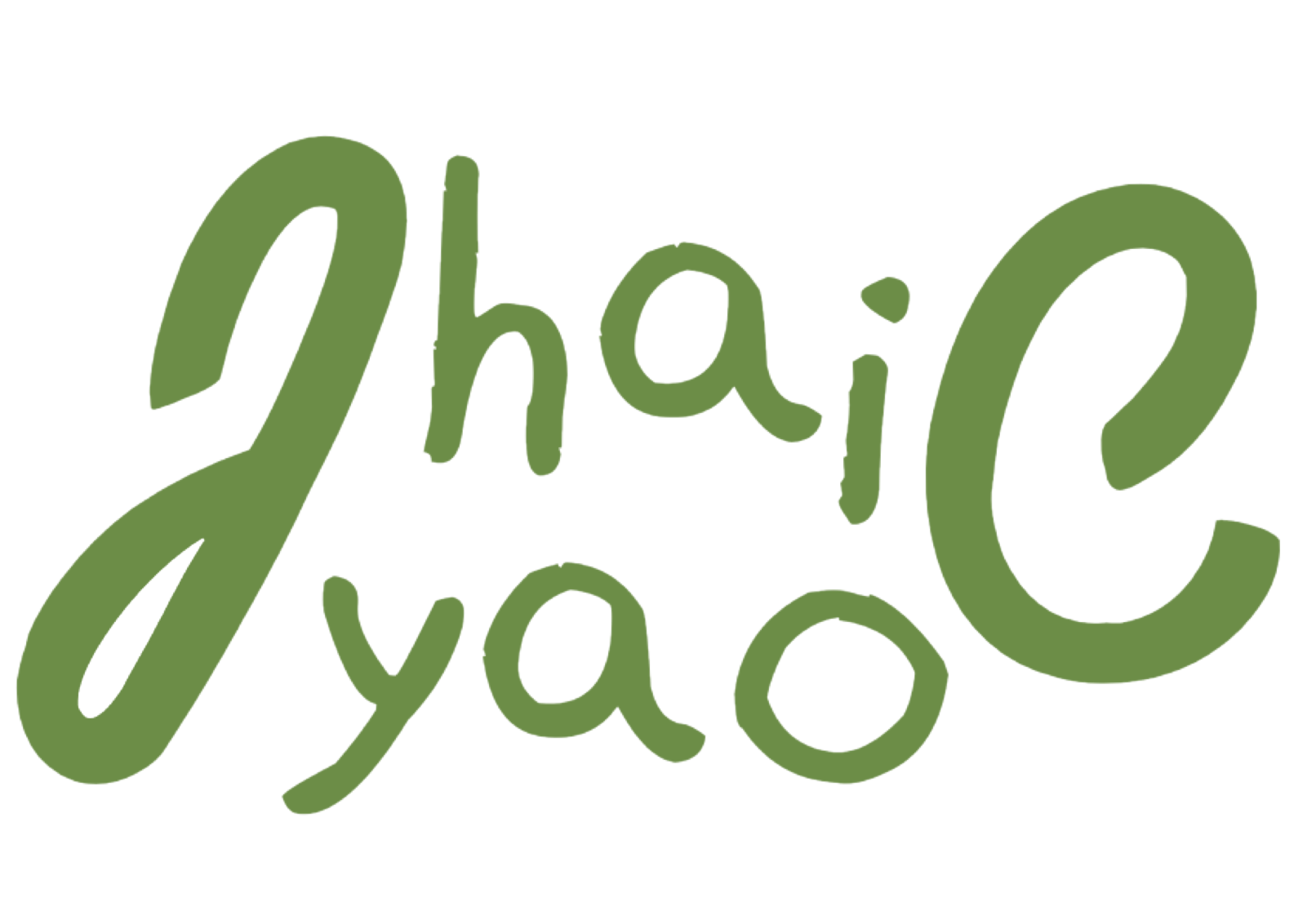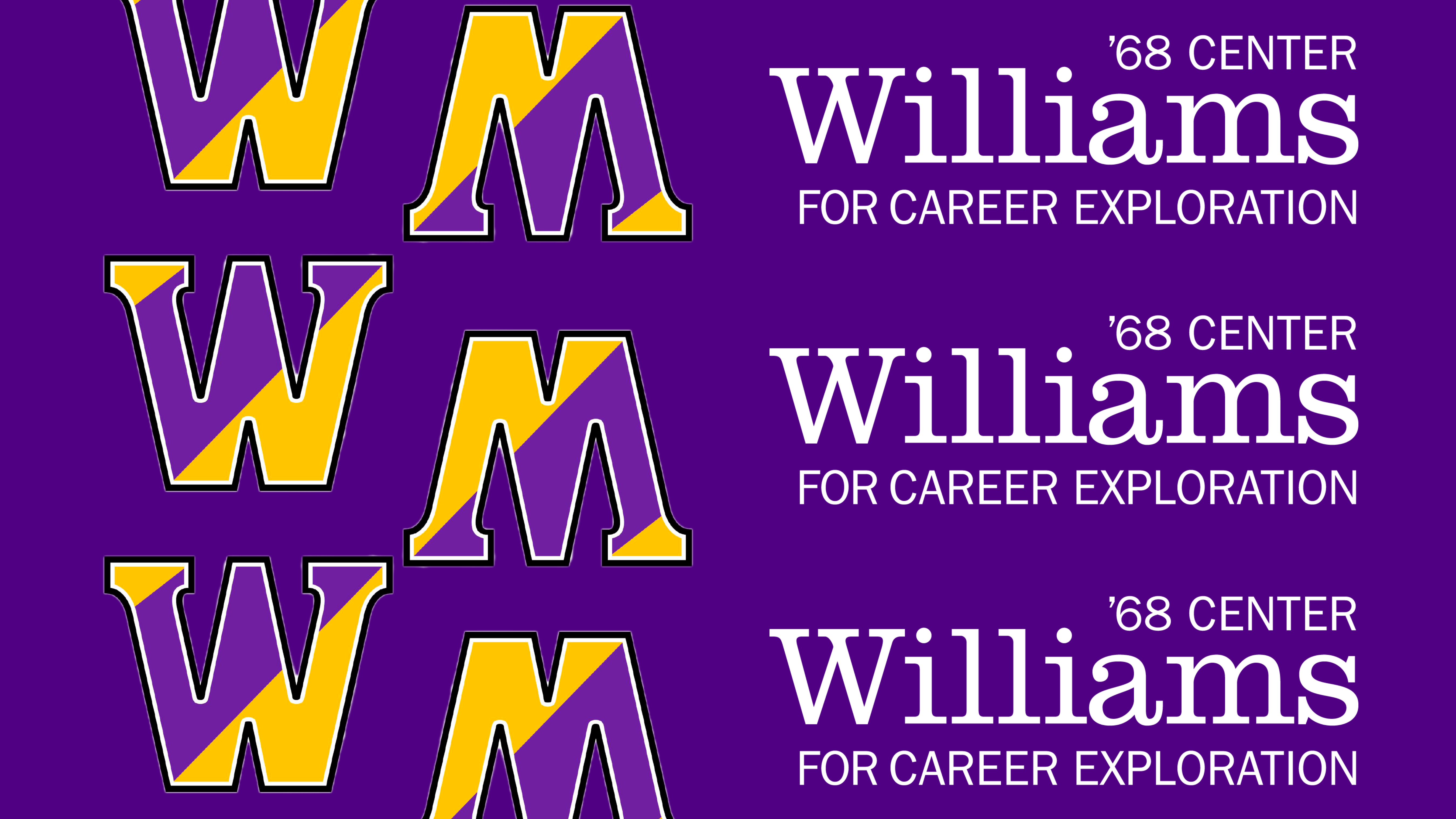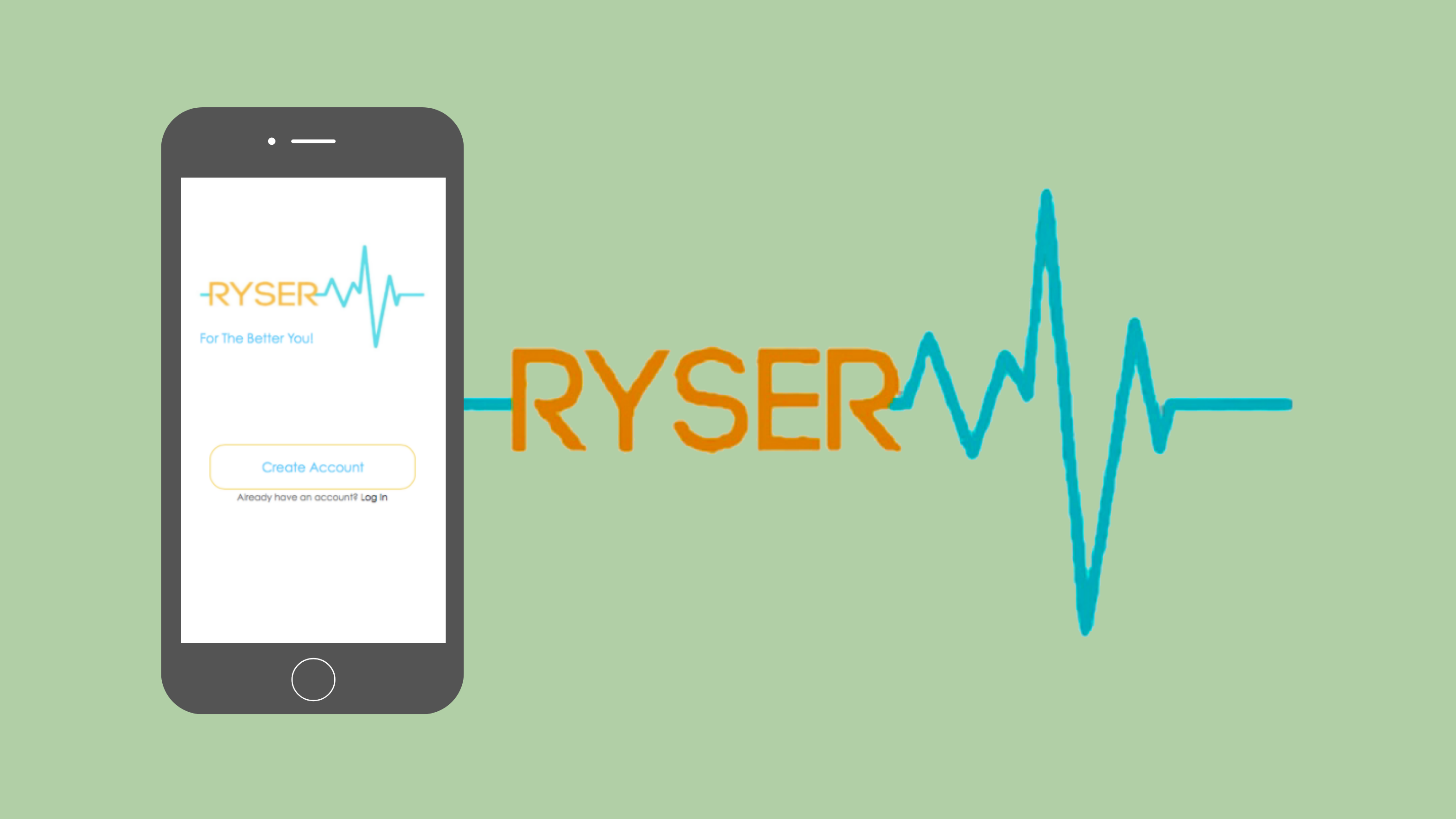In my Innovation Design Thinking Course, I learned the theories of design thinking and put those methodologies into practice through working on a real-life project.
01 \\ Empathize
In order to understand our users pain points, we conducted user research using surveys, interviews, and cultural probes to grasp DIS students' perspectives.
We began this phase by creating a survey via Google Forms to understand what students were struggling with since coming abroad.
Survey Questions
Survey Results
Insights from Survey
✦ Stronger preference in food and drinks, hygge, architecture, and social scene
✦ Most students want to be immersed in Danish culture
✦ The medium of students believe they have explored most/ a lot of Copenhagen so far (surveyed in March)
✦ The medium of students believe they have explored most/ a lot of Copenhagen so far (surveyed in March)
Interviews
In our initial interviews, we asked students to show and explain a photo of one of their favorite memories while here abroad.
In our second round of interviews, we gathered more information by using a cultural probe of photo grids with Danish museums, landmarks, food and drink, and social scene. We showed more students these photo grids and had them explain which of the photos shown they were most interested in, before asking them more about their experience thus far.
Photo Grid Cultural Probe
For the cultural probe, participants ranked categories like food, social scene, landmarks, and museums using a picture diagram. This activity revealed preferences within broader areas.
Insights from Interviews and Cultural Probe
✦ Students ranked social scene and food the highest amongst the other categories
✦ Challenge of wanting to do something but not sure their current friend group would enjoy.
✦ “Getting plans together with a large group is hard.”
✦ “When food is involved, it's that much better… you get to have a shared experience with others.”
✦ Connection of using food as a social activity for friends
✦ “Getting plans together with a large group is hard.”
✦ “When food is involved, it's that much better… you get to have a shared experience with others.”
✦ Connection of using food as a social activity for friends
Empathy Mapping
From there, we created an empathy map by stepping into the shoes of our target users and writing down what we believe and they have previously mentioned they would “say,” “do,” “think,” and “feel.”
02 \\ Define
After gathering our insights during our user research, we began to define the problem by using an empathy map to organize our insights and data.
Our final problem statement is:
How might DIS Students find compatible social groups who share similar interests while abroad?
03 \\ Ideate
We began writing our ideas down on post-it notes individually and after sharing those ideas.
Using grouping, we consolidated similar ideas together. We noticed two distinct groupings from our ideas: a platform or space in which the solution would exist and content within the solution.
Top 2 Ideas from Group Ideation:
✦ A speed friending activity/activations exclusively for DIS students
✦ A social media platform for students to connect
Conclusion:
Combining our two ideas and creating a social media platform where speed friending activities could take place.
Challenges from Conclusion:
✦ Having too much content on our app would become too overwhelming for our users
✦ Unsure if students would be interested in downloading another app
Brainstorming and Co-creating with Users
We brainstormed final ideas to incorporate into our solution before the prototype stage. We responded to every idea with "yes, and...," which created an open space for users share their suggestions.
We also held a co-create session with users, which confirmed interest in a platform tailored for DIS students to connect with the local Danish community.
Participants enthusiastically supported another app specifically for socializing, feeling the current DIS app was overloaded with information. The session confirmed our problem statement- students want a separate app curated for engaging with peers and locals. This would differentiate from the informational DIS app by focusing narrowly on socialization. The willingness to download a new app indicates we are filling an unmet need.
Insights from Co-Ideation with Users:
✦ Wanting a balance between a social (adding friends) and events app
✦ A page where someone can easily find events
✦ Would also want to see events happening around near them
After our ideation session, we debriefed and identified the following key features for our app:
01. Finding events around Copenhagen: Find out what’s happening with events and activities to do in Copenhagen. Updated weekly.
02. Group chats with people who share similar interests: When signing up, users can opt into groups with the same interests as them.
03. Seeing events around you: See a live interactive map of events and things happening around you and where your friends are at and ratings of places only DIS people.
02. Group chats with people who share similar interests: When signing up, users can opt into groups with the same interests as them.
03. Seeing events around you: See a live interactive map of events and things happening around you and where your friends are at and ratings of places only DIS people.
04 \\ Prototype
We started off with creating some paper prototypes and then transferred them over to high-fidelity prototypes on Figma.
Onboarding Page: We decided to tackle the onboarding screen with a novel approach. When users open the app for the first time, they’ll be greeted to set up their profile by selecting their interests to be added into groups with others who share the same interests.
Home Feed Page: We wanted to create a feature that would allow users to interact with other users and find people who shared similar interests as them. The home feed page displays thread-like messages in the groups you are in.
Events Page: Once the user has set up their interest, they would then be brought to the events page, in which users can see things related to their interest happening that week. Users are also allowed to search, filter, and see what events other students in the DIS program are attending.
Interactive Live Map: We wanted to create a visual element to our app that would allow our users to see where the events were happening in real time. The map would be a heat map, showing events where there’s higher attendees (or the “social hot spots”) in the area.
05 \\ Final Prototype
At the end, we made a video prototype we presented to our class was our test.
From our video prototype, some questions that were raised were, is this something that addressed the need of the user and our problem statement? Does it show how our solution provides value to our customers?





